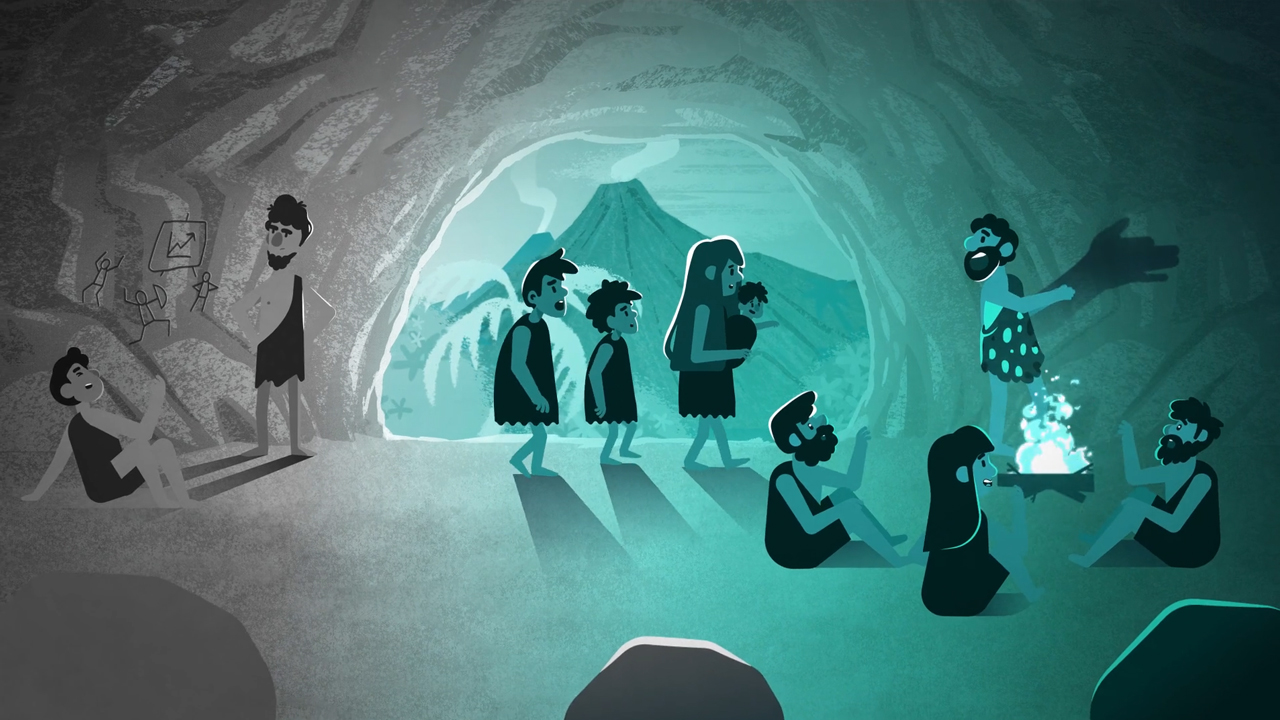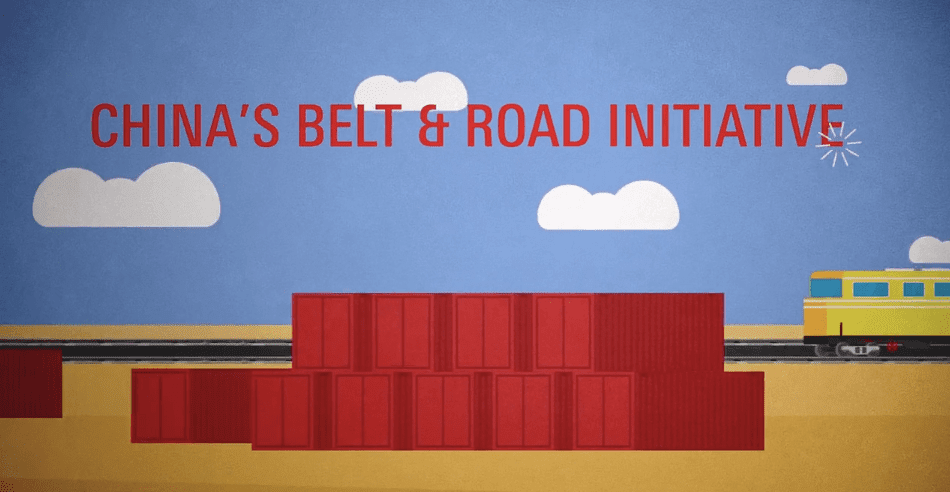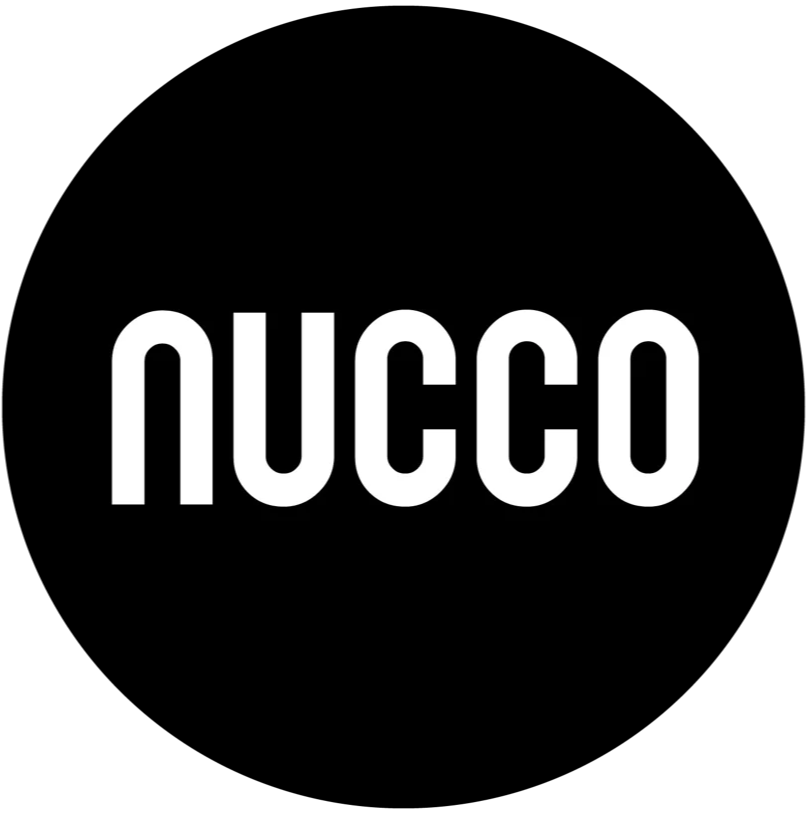SOLVING HR COMMUNICATIONS CHALLENGES THROUGH VISUAL STORYTELLING

Processes such as hiring employees, introducing new policies and providing high-quality training are all becoming more complicated, and storytelling can help.
Modern workplaces are changing rapidly, and the typical in-house 9-5 office job model is evolving in asymmetrical ways. These changes bring with them complex challenges for HR departments, who need to communicate new ideas and ways of working to a diverse, multi-generational workforce. Processes such as hiring employees, introducing new policies and providing high-quality training are all becoming more complicated.

Everyone processes information differently, and it’s vital to ensure that your message is inclusive, accessible and unforgettable. One way to do this is by crafting stories worth sharing.
Drawing on our years of experience in design and corporate communication, we’ve put together this handy guide on how to solve HR comms challenges through visual storytelling.
Nucco helps brands to solve comms dilemmas
Every company under the sun encounters HR challenges from time to time. Even household names face difficulties in their attempt to communicate complex or sensitive information to their stakeholders. That’s why they turn to us: we find creative solutions to their communications dilemmas.
Here are just a few of the brands we’ve helped with their HR challenges:
- John Lewis Partnership
- Deloitte
- Abu Dhabi Culture
- HSBC
- ESA
- Mars Launchpad
- Think Nature
- Rolls Royce
Typical HR comms challenges and how we’ve solved them
We’ve tackled many HR challenges over the years, and here are just a few of them:
1) Engaging Employees Across Multiple Time Zones
Not all work takes place in an office. With more and more employees working remotely, sometimes from multiple time zones, engaging them through effective communication has become paramount. The challenge lies in ensuring that this message is accessible to everyone, from anywhere, and across cultural barriers.
For example, our work with HSBC took a visual approach that weaved statistical information into a human narrative that could be universally understood, regardless of language or culture. HSBC asked us to help them to translate dry infographics and financial reports into engaging videos about the China Belt and Road Initiative, aimed at their international stakeholders. These videos were embedded into the HSBC online platform for investments in China, allowing them to be accessed from anywhere in the world.
Our point is that engaging dispersed stakeholders in a global context depends on updated storytelling techniques that transcend language barriers, and the effective use of digital platforms.
 HSBC | From Silk Road to China’s Belt & Road
HSBC | From Silk Road to China’s Belt & Road
2) Sharing New Pension Schemes
Communicating policy changes can be tricky – especially when they relate to pensions. Pensions are complicated by nature, and it can be a challenge for employers to lay out new terms in a way their workforce will find intelligible.
Complicated processes and legal issues aren’t easy to explain. If done wrong, employees could end up both overloaded with information and unable to remember key points, which helps absolutely nobody. As employees gain more responsibility with regard to their own pension plans, they need to be provided with the tools to make informed decisions.
To make this information more accessible to everyone in the company, we recommend taking a simplified visual approach, as with our work for the John Lewis Partnership.
Our goal was to make changes to the John Lewis pension scheme easily comprehensible to their partners. To achieve it, we worked closely with the internal comms department, ensuring that we prioritised accessibility: we needed to speak directly to all John Lewis and Waitrose employees across a range of departments. That’s why we chose animated video and simple infographics as our main channels of communication.
3) Recruiting and Retaining Star Employees
In today’s dynamic employment environment, people tend to switch jobs every few years. That’s why it’s important to ensure that employees feel that they are both valued and have enough opportunity for progression. Especially if you want the good ones to stick around!
Social media is one of the most effective tools out there for attracting top new talent. Most people will check out companies’ social media accounts before accepting a job offer to get a feel for the company culture. Therefore, a clear social media strategy and proper training on social media practices are a must.
For employees to proudly advocate the company they work for, they must have a solid grasp of that company’s values. To this end, we created a video in partnership with Rolls Royce Engineering that informs employees of the company’s social media policy and promotes social media awareness in the workplace.
 Rolls Royce | Internal Communication
Rolls Royce | Internal Communication
Audiences want to be informed and engaged, and we’ve found that one of the most effective ways of communicating your values is through storytelling.
4) Providing Relevant and Engaging Training Opportunities
Finding the time to send employees to training days and workshops can be a tough ask. These away days can be expensive, eat up valuable schedule time, and have the dubious reputation of being a little… colourless. But they’re a necessary evil. Training and development opportunities are absolutely essential to keeping your team motivated and up to date with the latest knowledge and trends.
One way to make this more viable is to provide employees with online training materials. Our long-standing collaboration with Deloitte has resulted in an ongoing series of successful training programmes spanning video and infographic content. To use but one example, we wanted to teach the concept of VAT and Excise taxes to a business audience in the Middle East who were unfamiliar with these processes.
By explaining this concept visually, we helped Deloitte to communicate a huge amount of complex tax information simply and effectively. Ultimately, this highly snackable video eclipsed the need for a time-consuming workshop on the subject.
5) Dealing with Sensitive Subjects
As a company, you will sooner or later have to share sensitive information with your colleagues, stakeholders and employees. Developing and maintaining trust in working relationships is no cakewalk: it relies on seamless and effective internal communication.
But never fear, there are ways to make communicating sensitive subjects easier:
- Remain honest and straightforward in your delivery. Glossing over uncomfortable issues will only harm your credibility in the long run.
- If you’re trying to communicate changes that will affect your employees, try to explain how these alterations will fit into the company’s overall strategy and the benefits they’ll bring to the entire business. This will help to put possible disruptions into perspective and make everyone feel that they’re working towards a common goal.
- Simplify. Creating a simple, accessible narrative will help eliminate any confusion and avoid the need for further (and more difficult) questions.
How creative storytelling can help
At Nucco, we strongly believe that the most effective way to get your brand’s message across is by telling stories. After all, the art of storytelling is as old as humanity itself. We combine the past, present and future of storytelling, staying true to established narrative techniques while integrating innovative VR, AR and animation technologies. In doing so, we create content that allows our audience to visualise and retain any message.
To really captivate your audience, find a personal angle that makes your content immediately relatable. This could be through the creation of stylised characters with unique personalities. For example, in our video for John Lewis Partnerships, we included characters that mirrored their employees, such as floor managers and cashiers.
 John Lewis Partnership | Creating Internal Engagement
John Lewis Partnership | Creating Internal Engagement
Visual approaches are also excellent at simplifying complex information. Explainer videos, like the one we created for ESA, can capture the imagination of your audience regardless of the subject. Explainer videos work best when they hook the viewer in the first few seconds, before guiding them towards each point one at a time. Introducing complex information in digestible chunks makes even the most dense content breezy and memorable.
 ESA | 5G Initiative
ESA | 5G Initiative
Taking an integrated approach
To get the maximum engagement possible from your content, an integrated approach is best. This means incorporating multiple forms of media into your strategy.
For example, our project with John Lewis Partnership wove an engaging story into animations, infographics, posters and letters. Including a flow-diagram infographic enabled us to clearly and concisely answer questions from partners, and the video brought all these disparate elements together in a visual narrative. This multi-pronged approach ensured that everyone in the company was comprehensively informed, from fishmongers on the shop floor to top accounting managers.
Planning a social media strategy is another essential step. Marketing your brand over multiple social media channels is now common practice. The internet is bursting with competing messages, and it’s easy for yours to get lost in the crowd. To be heard above the noise, your content must become an experience. Approaching content in this way will encourage ongoing interaction and stimulate constant engagement.
How to get started
To get your communication strategy off the ground, the first thing you need to do is to clearly establish the message you’re trying to get across. Keep on point by starting with the end goal. Avoid information overload by shaving down key points to their simplest possible expression.
You also need to know your audience inside out. Which sector of your workforce are you trying to reach? Knowing your audience is key to developing content that’s relevant, retainable and relatable.
Set out a storyboard. A productive brainstorming session can result in imaginative solutions to age-old problems. Be sure to include your target audience in the process. Ask questions and collect feedback to stay on the pulse.
It’s always worth bringing in creatives and designers to help you realise your ideas. Sometimes an outside perspective can bring an unexpected spark of genius to the table.
Tell Us Your Story!
Even the most complex HR communication challenges can be solved through simple, creative storytelling. Building on human narratives that are accessible to all, from delivery drivers to senior directors, will ensure that your message is heard.
Let us help you break through the noise and create a story that connects with your workforce.


